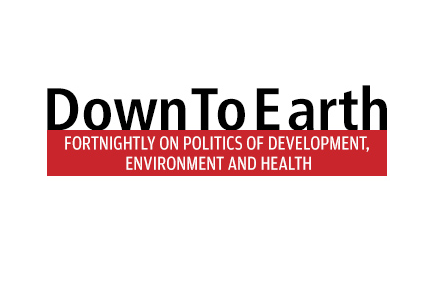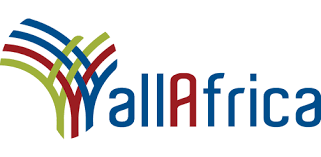Crop nutrient management using digital tool improves yield, reduces greenhouse gas emissions: Study
The use of field-specific fertiliser in the Indo-Gangetic Plains (IGP) can increase grain yield, reduce greenhouse gas emissions compared to traditional farmer fertilization practices (FFP), and lead to reduced costs and increased incomes for farmers.
These were the findings of a study conducted between 2013 and 2017 by the International Maize and Wheat Improvement Centre (CIMMYT) and published in Nature Scientific Report in January 2021.














